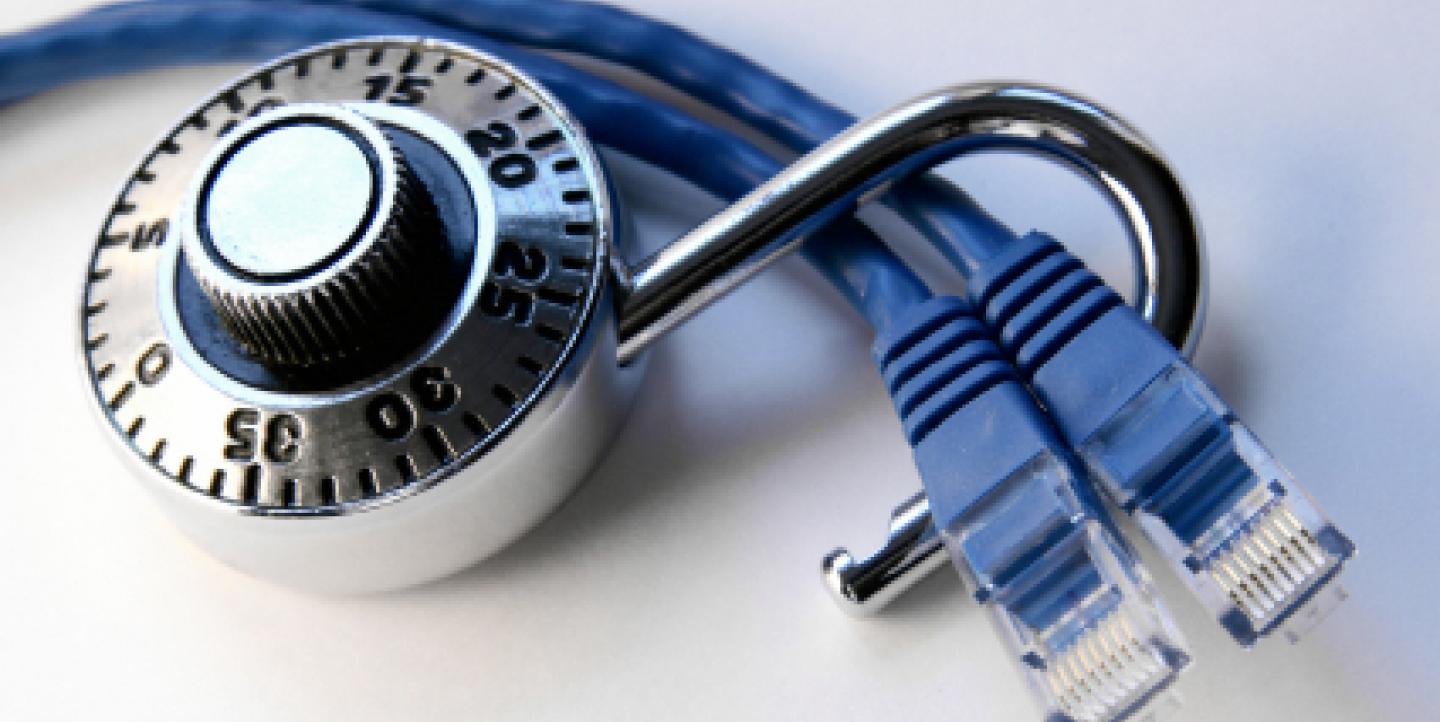When corrupt officials, companies with conflicts of interest and organized criminals break into the home of a journalist or into the office of a news organization, their primary goal is often to seize computers.
Journalists in Chile, Mexico and many other countries have lost confidential, valuable and sensitive information, such as contact information for sources, reporters’ assignments, directories, projects and research topics.
However, by adopting a few preventive measures, you can reduce the potential damage of a computer theft. Here are a few tips:
1. Stop mixing personal and professional information.
Mixing personal and work information means that if your computer is hacked or stolen, not only are your professional contacts and sources at risk, but the safety of your family and friends is also in jeopardy. If you need to keep personal files with you outside of your home, store them in an encrypted folder with the free service Truecrypt.
2. Watch your workplace.
Dimitri Vitaliev, an expert from Front Line Defenders who wrote the classic digital security manual for human rights defenders, suggests maintaining a perimeter around security-controlled computers. Inside this imaginary boundary around the computers, no stranger may approach the computers, no one unauthorized may use them and no outsider can view them. Decide ahead of time on procedures such as who has access to the area, what constitutes an acceptable password, and what happens when an authorized user moves away from the computer momentarily.
Vitaliev says to consider worst-case scenarios and assess the likely damage to personal security, colleagues, reputation, and even financial stability in the event of loss of control of the computer. Think about what could happen if the computer was stolen or confiscated, if it were hacked electronically, or if the personnel guarding turned out to be corrupt.
3. Check your physical environment.
Use this checklist for making sure an area is secure:
- Prevent people from entering the building easily and reaching your workspace.
- Prevent an intruder from accessing the information from your computer when you're not there.
- Analyze if anyone else sees your screen when you work on your computer.
- Do not check sensitive or confidential documents on your computer if someone else can see the screen.
- Check if your portable devices are available to another person in your workspace.
- Keep your portable devices in secure locations when you are not using them. Do not share them.
- If your computer must remain in an office, secure it with a lock if possible.
4. Protect yourself from electronic hacking
- Regularly upgrade all computer programs, your operating system and the Internet browsers you use.
- Update your antivirus program and strengthen your passwords.
- Create backups of information on external hard drives and keep them in a safe place.
- If you must store sensitive or confidential electronic files on your computer, create a folder encrypted with Truecrypt.
- Nobody but you must use your computer or mobile device. Never leave your computer unattended and on. Turn it off or in a password-protected "sleep" mode.
- Program a user password and a screen protector and never share it.
Jorge Luis Sierra is a Knight International Journalism Fellow developing digital tools for citizens and journalists to map crime and corruption. He focuses on digital and mobile security.
This post was translated from Spanish to English and edited by Jennifer Dorroh.
Photo courtesy of Cyberhades with a Creative Commons license.

